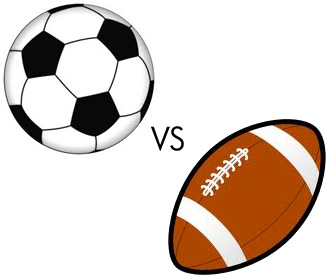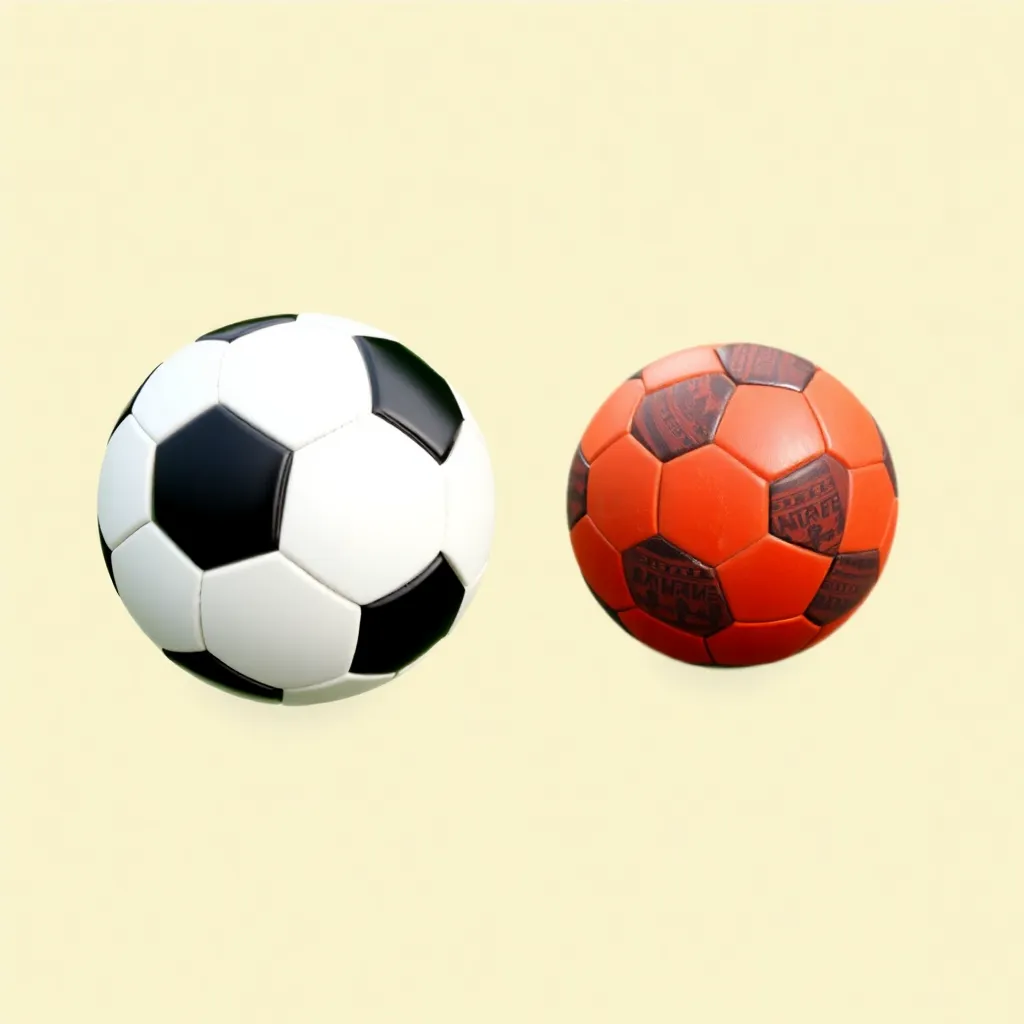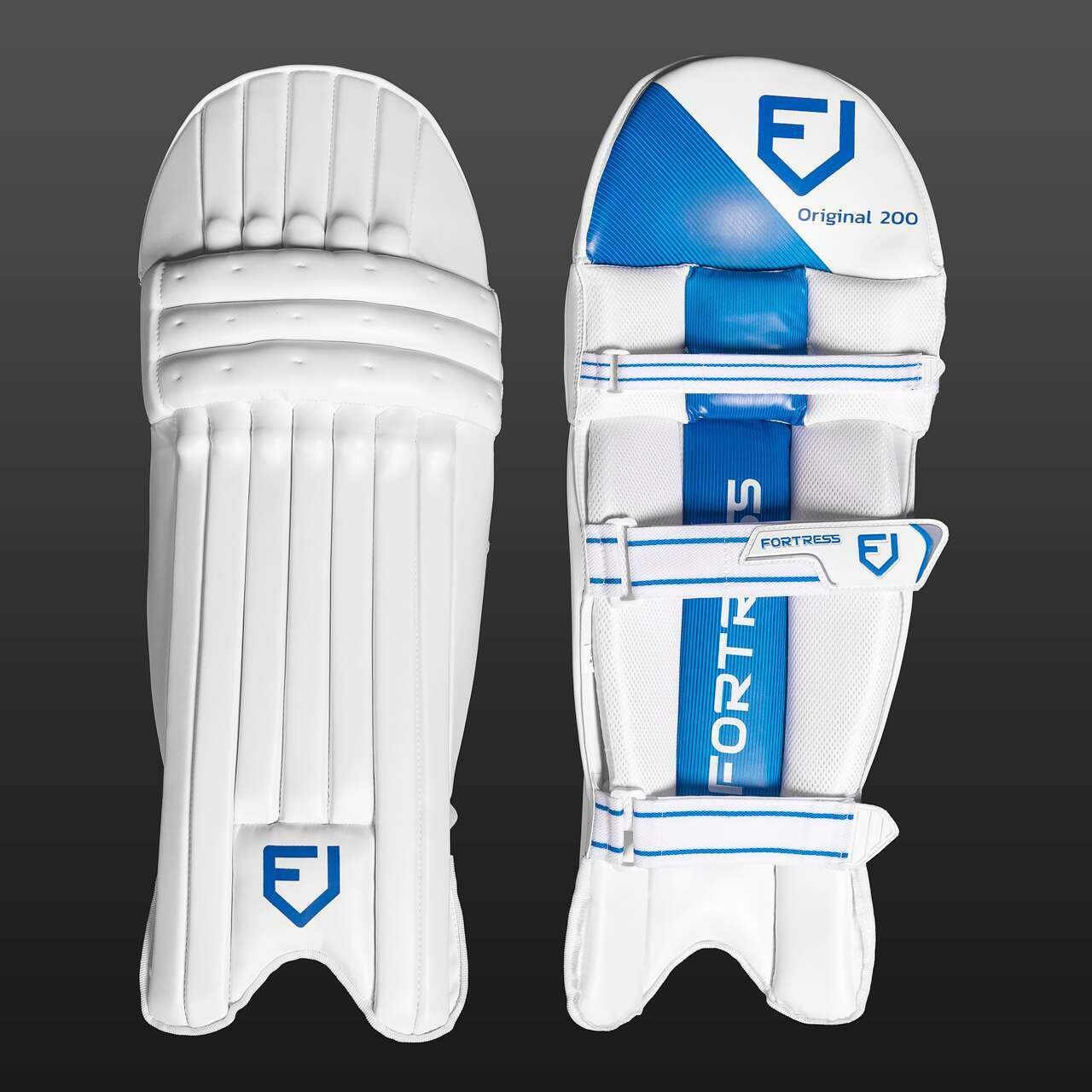How is a Soccer Ball Different Than a Kickball?
A soccer ball is different than a kickball in several key ways. How is a soccer ball different than a kickball? First, soccer balls are generally smaller, more rounded, and designed to be kicked with precision and control during play. They are typically made of synthetic leather and are air-filled, which allows for better performance on grass or turf fields. In contrast, kickballs are larger, softer, and heavier, often made from rubber or rubber-like material, designed for more casual, less controlled kicking in games like kickball. The differences in size, material, and construction contribute to the distinct ways each ball is used in its respective sport.

1. Design and Construction
Soccer Ball
- Shape and Size: A soccer ball is typically spherical and adheres to specific size regulations. The standard size for adult play is Size 5, which has a circumference of about 68-70 cm (approximately 27-28 inches).
- Material: Soccer balls are usually made from synthetic leather or polyurethane, designed to be durable and weather-resistant. They often have a bladder inside for air retention, allowing for better control and flight.
- Weight: A standard soccer ball weighs between 410 to 450 grams (14-16 ounces), making it lightweight enough for players to handle effectively during play.
Kickball
- Shape and Size: A kickball is larger and softer than a soccer ball. It is typically inflated and can vary in size, but common diameters range from 8.5 inches to 16 inches.
- Material: Kickballs are often made of rubber or inflatable materials that provide a softer surface, making them safer for players, especially children.
- Weight: Kickballs are lighter than soccer balls, generally weighing between 1 to 2 pounds depending on the size.

2. Game Rules and Objectives
Soccer
- Objective: The primary goal of soccer is to score by getting the ball into the opponent’s net. Teams consist of 11 players each, including a goalkeeper.
- Gameplay: Soccer emphasizes continuous play with limited stoppages. Players use their feet, heads, and bodies (excluding arms and hands) to control the ball. The game is played on a rectangular field with specific markings (penalty areas, center circle, etc.).
- Scoring: Goals are scored when the entire ball crosses the goal line between the goalposts.
Kickball
- Objective: In kickball, teams aim to score runs by kicking the ball and running around bases in a manner similar to baseball.
- Gameplay: Kickball is played on a diamond-shaped field with four bases. Teams alternate between kicking (offense) and fielding (defense). The pitcher rolls the ball towards the kicker, who then attempts to kick it into play.
- Scoring: Runs are scored by successfully circling all bases and returning to home plate.
3. Field Setup
Soccer Field
- Dimensions: A standard soccer field varies in size but typically measures between 100 to 110 meters long and 64 to 75 meters wide.
- Markings: The field includes specific markings such as penalty areas, corner arcs, and center circles that dictate gameplay rules.
Kickball Field
- Dimensions: Kickball is usually played on a smaller diamond-shaped field similar to baseball but can also be adapted for informal play in various settings.
- Bases: There are four bases arranged in a diamond shape (home plate, first base, second base, third base), with distances varying based on the age group playing but typically around 60 feet apart.
4. Player Interaction
Soccer
- Team Size: Each team consists of 11 players on the field at one time, including a goalkeeper.
- Player Roles: Players have specific roles such as forwards, midfielders, defenders, and goalkeepers that dictate their responsibilities during play.
Kickball
- Team Size: Teams usually consist of 8 to 10 players.
- Player Roles: While there are positions like pitcher and catcher in kickball, the roles are less specialized compared to soccer. Players often switch positions frequently.
Conclusion
In summary, while both soccer balls and kickballs serve as central elements in their respective games involving kicking and teamwork, they differ significantly in design, gameplay rules, field setup, and player interaction. Understanding these differences enhances appreciation for each sport’s unique qualities—soccer’s emphasis on continuous play and strategy versus kickball’s fun, casual approach reminiscent of baseball. Whether you’re playing competitively or just for fun, knowing how these two sports differ can enrich your overall experience!



